BLOCKAGE FACILITY PREVENTS LITTER SPREADING
입력 2020.07.29 (15:19)
수정 2020.07.29 (16:46)
읽어주기 기능은 크롬기반의
브라우저에서만 사용하실 수 있습니다.
[Anchor Lead]
During the monsoon season as these days, a tremendous amount of garbage is swept away by river water and end up in the ocean. Trash in the sea is difficult to dispose of and the cost of doing it also exponentially rises. To prevent litter from reaching the greater ocean, a blockade facility has been installed at the estuary of Geumgang River. Take a look.
[Pkg]
Piles of trash are everywhere at this beach near the mouth of Geumgang River. From Plastic bottles to broken chairs. Garbage has been flowing into the seaside as the monsoon rain continues to pour down. Some 70% of the 110-thousand tons of rubbish from land that end up in the ocean each year appear during the monsoon and flood seasons. Once waste flows into the sea, it's difficult to retrieve them and recycling also becomes less feasible due to the salinity. Collecting trash from deep below the water requires the help of divers. This all increases related costs. Waste disposal costs 210-thousand won per ton on land. This rises to 320-thousand won on the shore and a whopping 2.5 million won, a figure 12 times higher, once sunk in the sea. Each year, around 70 billion won goes into this maritime waste collection operation.
[Soundbite] JEON MOO-JIN(SEOCHEON-GUN COUNTY OFFICIAL) : "In addition to cost concerns, maritime waste also pose risks to vessels. Waste collection must be handled on land."
A garbage blockade facility has thus been installed on a Geumgang River tributary back in May. The device blocks trash and lets water pass through. Some 30 tons of annual waste which used to flow into the seas are now filtered out this way.
[Soundbite] LEE SANG-JUN(MARITIME ENVIRONMENT DEPT., CHUNGCHEONGNAM-DO PROV.) : "There's a dual effect of getting the trash out and also improving the river's water quality."
Chungcheongnam-do Province will test the trapping facility through the end of this year, then focus on developing a standardized model before expanding their use all across the Geumgang River area.
During the monsoon season as these days, a tremendous amount of garbage is swept away by river water and end up in the ocean. Trash in the sea is difficult to dispose of and the cost of doing it also exponentially rises. To prevent litter from reaching the greater ocean, a blockade facility has been installed at the estuary of Geumgang River. Take a look.
[Pkg]
Piles of trash are everywhere at this beach near the mouth of Geumgang River. From Plastic bottles to broken chairs. Garbage has been flowing into the seaside as the monsoon rain continues to pour down. Some 70% of the 110-thousand tons of rubbish from land that end up in the ocean each year appear during the monsoon and flood seasons. Once waste flows into the sea, it's difficult to retrieve them and recycling also becomes less feasible due to the salinity. Collecting trash from deep below the water requires the help of divers. This all increases related costs. Waste disposal costs 210-thousand won per ton on land. This rises to 320-thousand won on the shore and a whopping 2.5 million won, a figure 12 times higher, once sunk in the sea. Each year, around 70 billion won goes into this maritime waste collection operation.
[Soundbite] JEON MOO-JIN(SEOCHEON-GUN COUNTY OFFICIAL) : "In addition to cost concerns, maritime waste also pose risks to vessels. Waste collection must be handled on land."
A garbage blockade facility has thus been installed on a Geumgang River tributary back in May. The device blocks trash and lets water pass through. Some 30 tons of annual waste which used to flow into the seas are now filtered out this way.
[Soundbite] LEE SANG-JUN(MARITIME ENVIRONMENT DEPT., CHUNGCHEONGNAM-DO PROV.) : "There's a dual effect of getting the trash out and also improving the river's water quality."
Chungcheongnam-do Province will test the trapping facility through the end of this year, then focus on developing a standardized model before expanding their use all across the Geumgang River area.
■ 제보하기
▷ 카카오톡 : 'KBS제보' 검색, 채널 추가
▷ 전화 : 02-781-1234, 4444
▷ 이메일 : kbs1234@kbs.co.kr
▷ 유튜브, 네이버, 카카오에서도 KBS뉴스를 구독해주세요!
- BLOCKAGE FACILITY PREVENTS LITTER SPREADING
-
- 입력 2020-07-29 15:22:56
- 수정2020-07-29 16:46:28
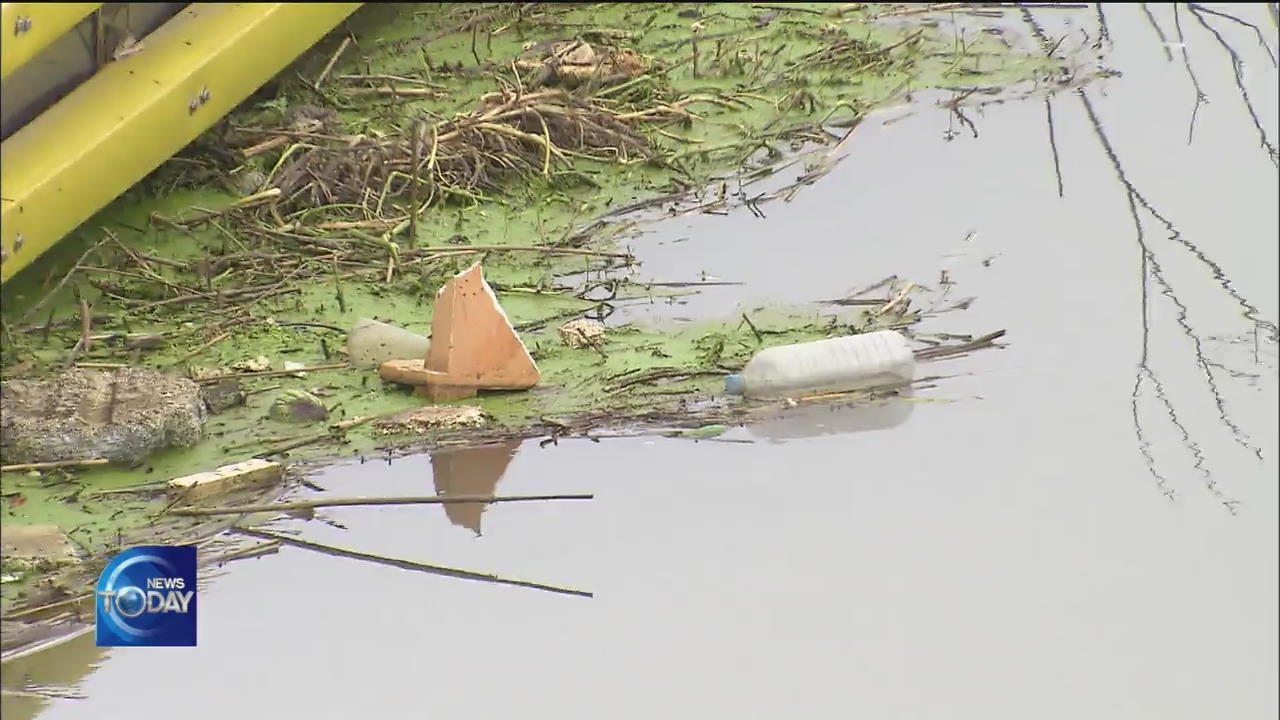
[Anchor Lead]
During the monsoon season as these days, a tremendous amount of garbage is swept away by river water and end up in the ocean. Trash in the sea is difficult to dispose of and the cost of doing it also exponentially rises. To prevent litter from reaching the greater ocean, a blockade facility has been installed at the estuary of Geumgang River. Take a look.
[Pkg]
Piles of trash are everywhere at this beach near the mouth of Geumgang River. From Plastic bottles to broken chairs. Garbage has been flowing into the seaside as the monsoon rain continues to pour down. Some 70% of the 110-thousand tons of rubbish from land that end up in the ocean each year appear during the monsoon and flood seasons. Once waste flows into the sea, it's difficult to retrieve them and recycling also becomes less feasible due to the salinity. Collecting trash from deep below the water requires the help of divers. This all increases related costs. Waste disposal costs 210-thousand won per ton on land. This rises to 320-thousand won on the shore and a whopping 2.5 million won, a figure 12 times higher, once sunk in the sea. Each year, around 70 billion won goes into this maritime waste collection operation.
[Soundbite] JEON MOO-JIN(SEOCHEON-GUN COUNTY OFFICIAL) : "In addition to cost concerns, maritime waste also pose risks to vessels. Waste collection must be handled on land."
A garbage blockade facility has thus been installed on a Geumgang River tributary back in May. The device blocks trash and lets water pass through. Some 30 tons of annual waste which used to flow into the seas are now filtered out this way.
[Soundbite] LEE SANG-JUN(MARITIME ENVIRONMENT DEPT., CHUNGCHEONGNAM-DO PROV.) : "There's a dual effect of getting the trash out and also improving the river's water quality."
Chungcheongnam-do Province will test the trapping facility through the end of this year, then focus on developing a standardized model before expanding their use all across the Geumgang River area.
During the monsoon season as these days, a tremendous amount of garbage is swept away by river water and end up in the ocean. Trash in the sea is difficult to dispose of and the cost of doing it also exponentially rises. To prevent litter from reaching the greater ocean, a blockade facility has been installed at the estuary of Geumgang River. Take a look.
[Pkg]
Piles of trash are everywhere at this beach near the mouth of Geumgang River. From Plastic bottles to broken chairs. Garbage has been flowing into the seaside as the monsoon rain continues to pour down. Some 70% of the 110-thousand tons of rubbish from land that end up in the ocean each year appear during the monsoon and flood seasons. Once waste flows into the sea, it's difficult to retrieve them and recycling also becomes less feasible due to the salinity. Collecting trash from deep below the water requires the help of divers. This all increases related costs. Waste disposal costs 210-thousand won per ton on land. This rises to 320-thousand won on the shore and a whopping 2.5 million won, a figure 12 times higher, once sunk in the sea. Each year, around 70 billion won goes into this maritime waste collection operation.
[Soundbite] JEON MOO-JIN(SEOCHEON-GUN COUNTY OFFICIAL) : "In addition to cost concerns, maritime waste also pose risks to vessels. Waste collection must be handled on land."
A garbage blockade facility has thus been installed on a Geumgang River tributary back in May. The device blocks trash and lets water pass through. Some 30 tons of annual waste which used to flow into the seas are now filtered out this way.
[Soundbite] LEE SANG-JUN(MARITIME ENVIRONMENT DEPT., CHUNGCHEONGNAM-DO PROV.) : "There's a dual effect of getting the trash out and also improving the river's water quality."
Chungcheongnam-do Province will test the trapping facility through the end of this year, then focus on developing a standardized model before expanding their use all across the Geumgang River area.
이 기사가 좋으셨다면
-
좋아요
0
-
응원해요
0
-
후속 원해요
0










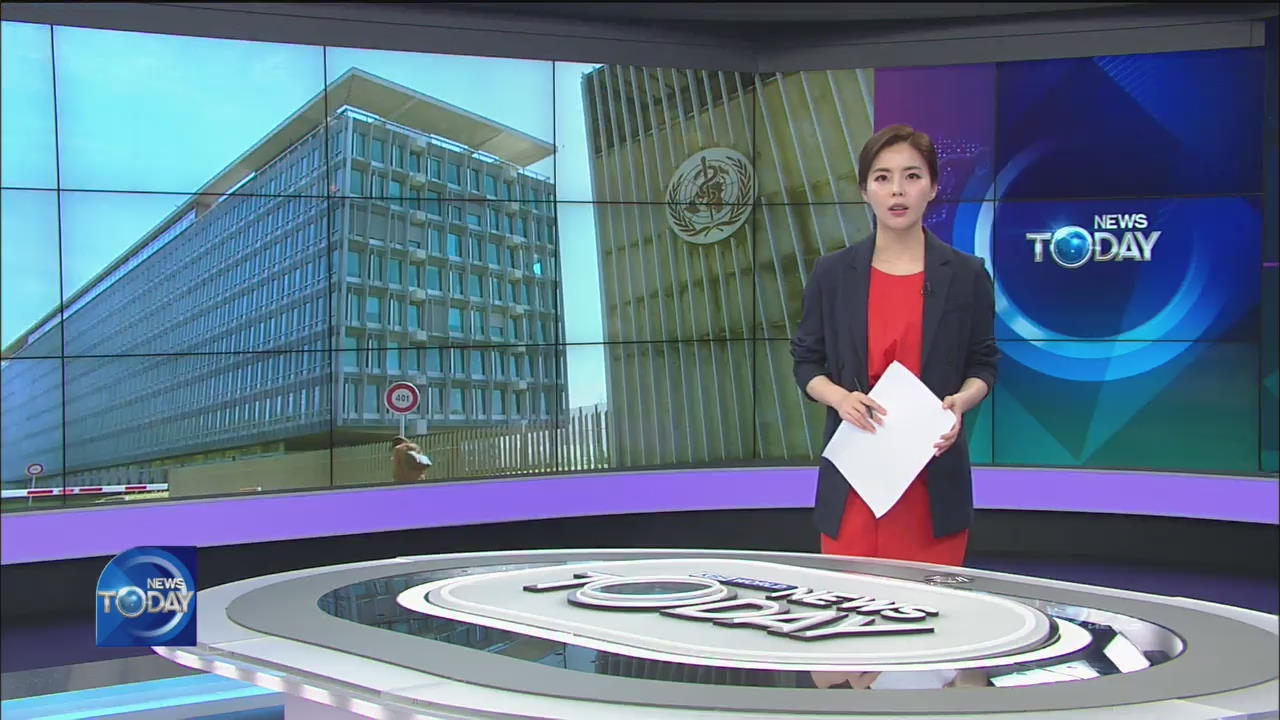
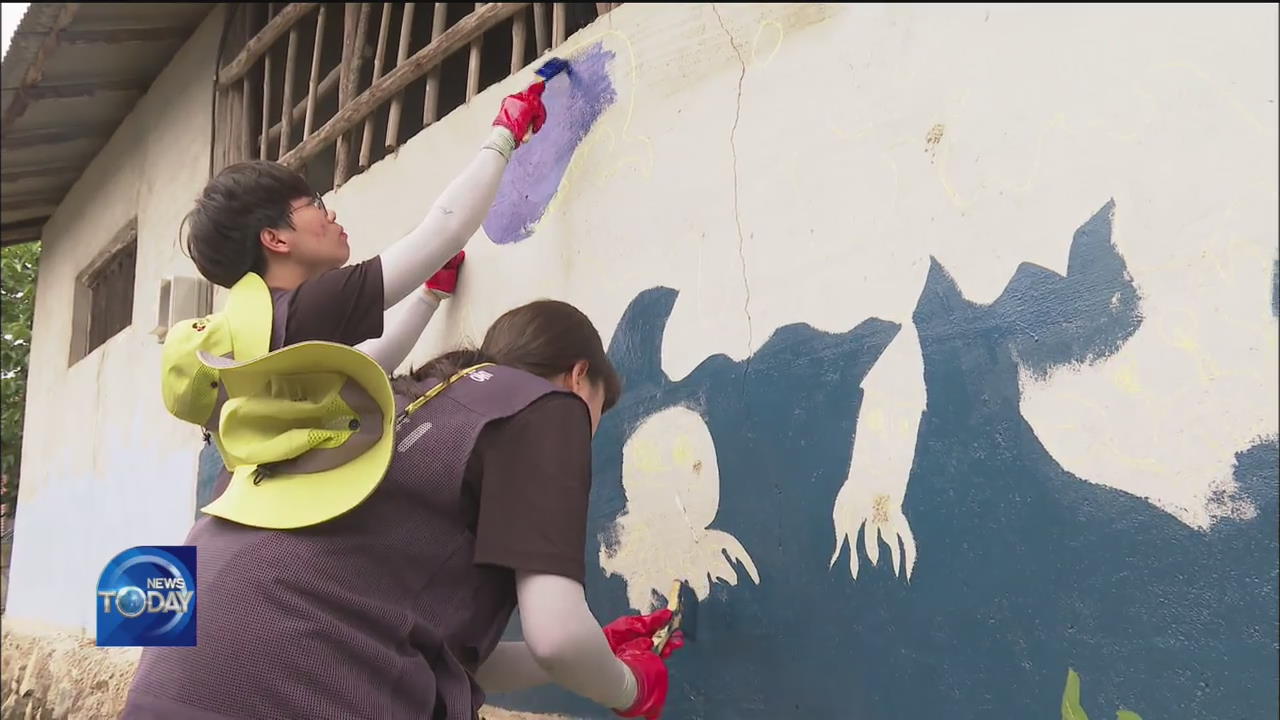
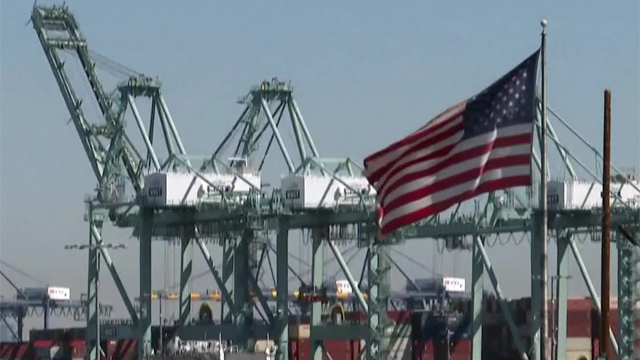
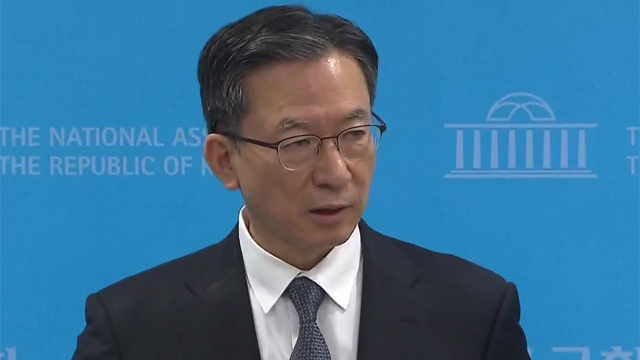
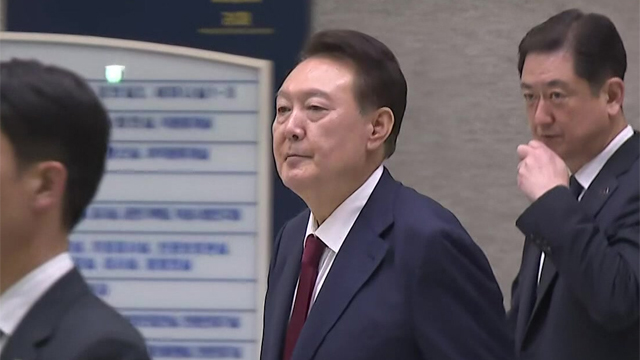
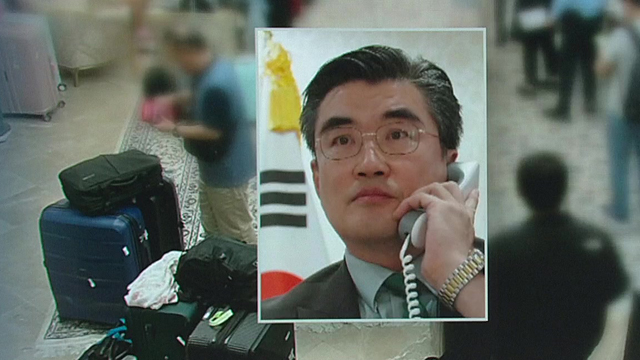

이 기사에 대한 의견을 남겨주세요.